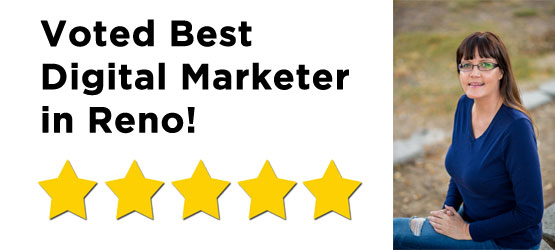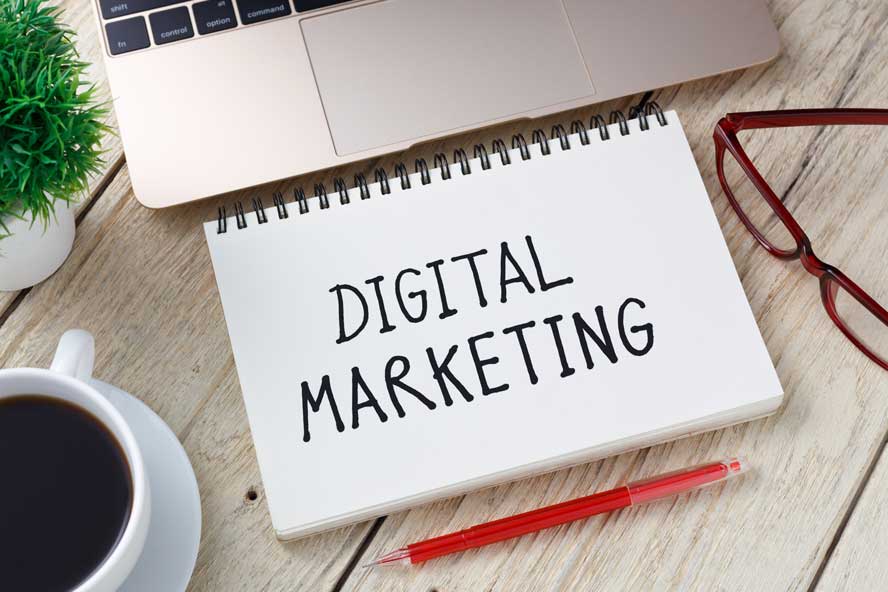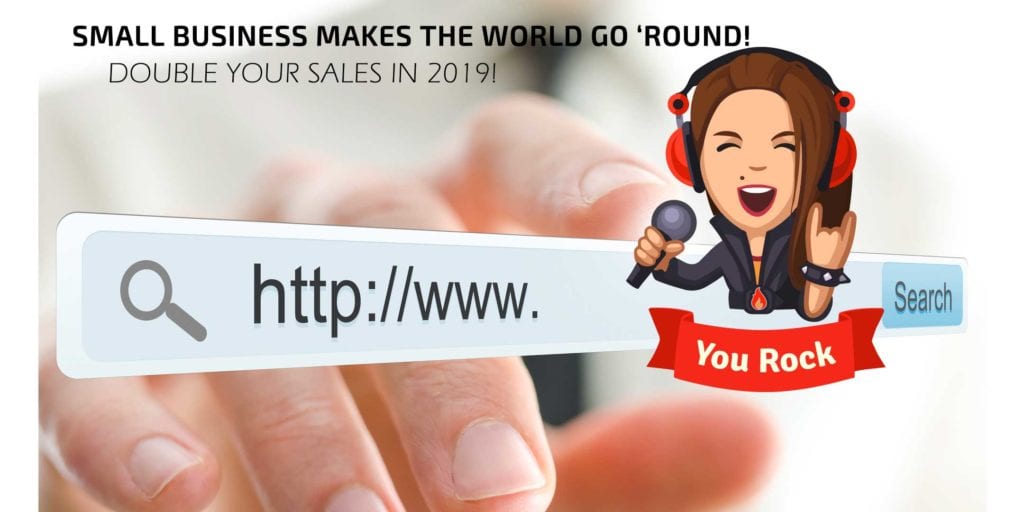
How New Technologies Will Change the Marketing Industry in the Next 10 Years
The advancement of technology is changing how we sell products, goods, and services. In a thriving industry like marketing, new technologies play a fundamental role in the economic and employment growth of the sector.
Growth Projections for Marketing Careers
According to the Bureau of Labor Statistics (BLS), the marketing industry will grow 10 percent between 2020 and 2030. The main target for this market is to generate more economic prosperity, stability, and employment growth over time. There will be at least 31,100 new advertising, promotions, and marketing manager jobs each year throughout this decade.
Three Amazing Changes to the Marketing Industry this Decade
Predictive Personalization
According to Adage, 67 percent of Gen Z consumers believe that websites should predict what they are looking for. E-consumers seek automation of their preferences and purchases. 40 percent of consumers will stop visiting a website if the brand does not foresee what they need, like, or want.
Automated Subscription Services
Virtually all great entertainment and e-commerce services work through the subscription system. New customers of the post-pandemic era now prefer automatic payments. According to Gartner, by 2023, 75 percent of direct selling companies will offer their products or services through automated subscriptions.
Voice Assistant Advertising
According to a study by Juniper Research, the number of voice assistants worldwide will triple by 2023, with around eight billion of these devices. This technology will make advertising more personalized, real-time, and automated. This system will interact with thousands of users, showing persuasive advertisements based on their consumption patterns.
Five New Technologies That Will Boom in the Marketing Industry
- Digital imitation of real people’s voices: This technology will be implemented thanks to a software called Lyrebird, which creates an authentic digital voice from a short recording sample of a person’s voice. This tool will recreate the sound of media figures in advertisements.
- Big data-little area: Companies will capture huge data flows to order them through Artificial Intelligence systems in a specific geographic location and market. This way, they will discover opportunities for new customer networks.
- Augmented reality: Retail companies will offer augmented reality glasses to interact with the products. Consumers will know the characteristics of the products, see the cost, and much more.
- Surveillance robots for big malls: Robotics companies from countries such as the United States, the United Kingdom, and Spain will develop robots to monitor the mass consumption activity of customers in large shopping centers.
- Commercial drones: Large mass-market corporations will use drone systems to explore human behavior from the air. Thus, companies will design their marketing campaigns adapted to social behaviors.
The Best Places to Find a Marketing Job Over the Next Few Years
If you want to expand your career path and obtain excellent economic and professional opportunities in the marketing industry, pay attention to the best academic platforms. We took data from Career Karma to show you the best digital marketing bootcamps right now. Bootcamps are the future schools that will set the trend for getting a marketing job without a degree. Below are the main digital marketing bootcamps:
Thinkful
Thinkful offers a three-month program called the “Online Digital Marketing Bootcamp”. The course syllabus includes topics like Content Marketing, SEO, Social Media Management, Email Marketing, and much more. Many grads work for companies like Amazon, Twitter, and Google. This bootcamp also offers software engineering, UI/UX design, and Data Science programs.
General Assembly
General Assembly provides extensive knowledge in Digital Marketing with in-demand skills to build your career in high-growth tech fields. In addition, the course offers technical training with flexible delivery and an industry-tested curriculum. You will join a career services program, which will increase your chances of landing a job in the marketing industry.
Simplilearn
Simplilearn is the number one online bootcamp to learn digital economy skills with specialized training in emerging technologies. Here, you will become a digital marketer with qualified Data Science, Data Analytics, and Product Management skills. Thanks to its role-based training programs and comprehensive certification programs, this academy will guide you in your job search.
BrainStation
BrainStation trains students to become great professionals in the marketing industry. This bootcamp will provide a full learning experience based on modern digital marketing strategies. With this knowledge, you will solve real-world projects working alongside industry professionals in business contexts. BrainStation also includes Data Science, Web Development, and UX/UI Design bootcamps.
Conclusion
The digital marketing industry concentrates the highest growth currently and in the coming years. Therefore, being a part of this wide market of opportunities, large projects, and professional development is the best decision you can make amid the technological boom of the new era.













